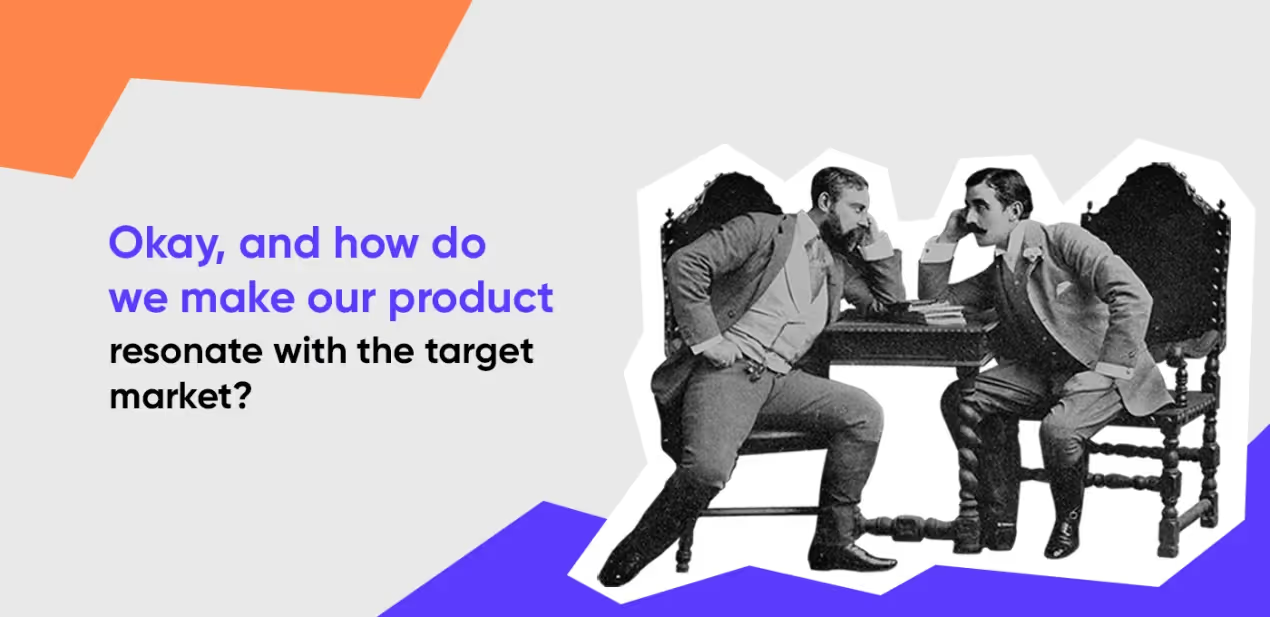



Before you start searching for an MVP development agency, make sure you know the following: product-market fit is neither about the smartest features nor about super-trendy UI/UX design. It’s when customer needs = what a product provides.
Let’s figure out all details together so you’re all set for achieving it!
As soon as you introduce your product to people, you’ll see that part of users regularly come back. You may have 6, 10, or 30 users who signed up to try your first version. They tried it once, then came back to you again, attracted referrals, and turned into revenue. It’s hardly possible to make every one resonate with your product, and that’s fine. Anyway, if you don’t have a stable base of returning users, you have zero product-market fit.
A way of how users resonate with your product depends on the stage your startup is actually at:
We can’t say exactly how deep the resonance should be and how much traffic is enough to ensure you’re achieving product-market fit — both are the matter of a case. We advise examining a few more examples of how it may look like:
Not with a product that is ‘soo coool that sells itself’, but with a clear picture of the primary audience (that has high resonance with it) in mind. By saying ‘clear picture‘ we mean understanding their sex, age, income level, education, geography, family type, hobbies, and political beliefs — that’s what you need to know about your potential buyers to build convincing advertising, reach them out and sell a product that matches their needs.
Put your targets under the microscope. For instance, if you want to sell sport shoes, then ‘sportsmen’ is too broad for being your target audience. Instead, you might try targeting primary teenage male soccer players (they’ll be a market niche you may attempt to dominate), who live in one certain area.
Some target audience characteristics are easy to determine. Let’s say your offers suit companies in one definite area, so you can easily find lists of companies that operate within and find out needed details. If your product works for users in definite roles, you can promote it to people in those roles.
In fact, achieving a product-market fit isn’t a game that ends at X point. To put it simply, you can’t gain it once, stop developing and live your life.
There is an easy-to-get way to achieve a product-market fit though. Build mockups or wireframes and get user feedback. After you see you’ve proven your solution, build the first version, and then test it out. Tweak pricing plans or business models, change your messaging, or even pivot. Fine-tune your product over and over again until it will better resonate with the target market that is large enough to sustain your business. This is what ‘product-market fit journey’ exactly means.